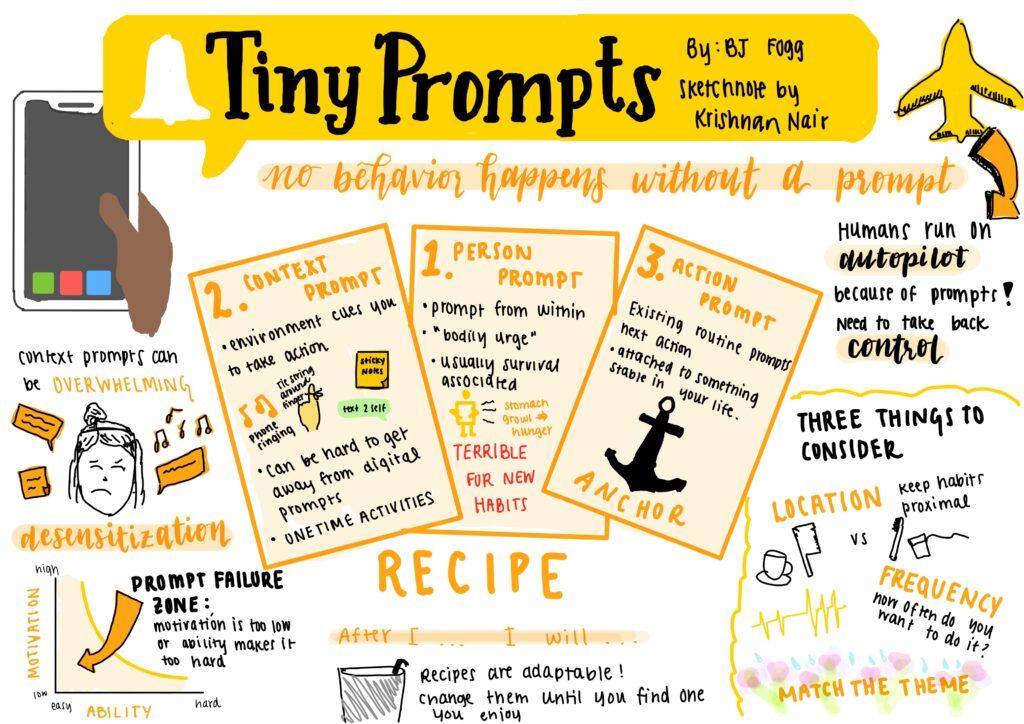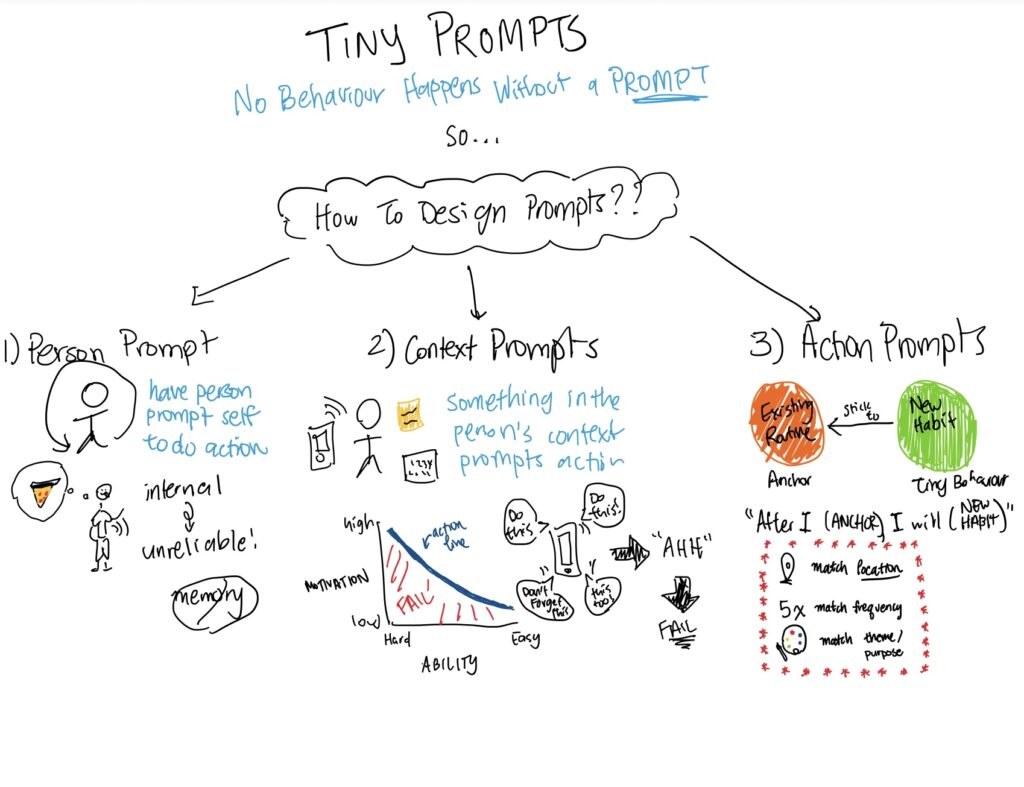Spotify uses personalization to increase listening time. The entire experience feels tailored, especially with features like Discover Weekly and Daily Mixes. When the app predicts what someone wants to hear, there is less friction to find new music and people start to listen longer. That extra listening time drives subscription retention, which is their main source of revenue. The ROI is high because better recommendations mean fewer skips and more hours streamed, which directly ties to lower churn.
LinkedIn focuses on session frequency. The feed changes based on what users click, who they follow, and what kind of roles they are interested in. Even small personalization signals help the platform surface content that keeps people checking back throughout the day. More sessions create more ad impressions and more chances for recruiters to pay for outreach. The ROI comes from higher engagement across both the advertising and hiring sides of the business.
TikTok is the most aggressive. The “For You” Page optimizes for ad targeting because the algorithm learns user preferences in real time. The more accurate it gets, the more valuable each impression becomes. I recall using the app, searching for something, and getting an ad for what I searched a mere five minutes later. Advertisers pay for their target market, and TikTok’s personalization engine gives them exactly that. The ROI is immediate since better targeting increases click through rates while keeping users scrolling longer.
About the author
Related Posts

January 17, 2022
Sketchnote: Tiny Prompts

January 17, 2022
SketchNote: Tiny Prompts

January 17, 2022
